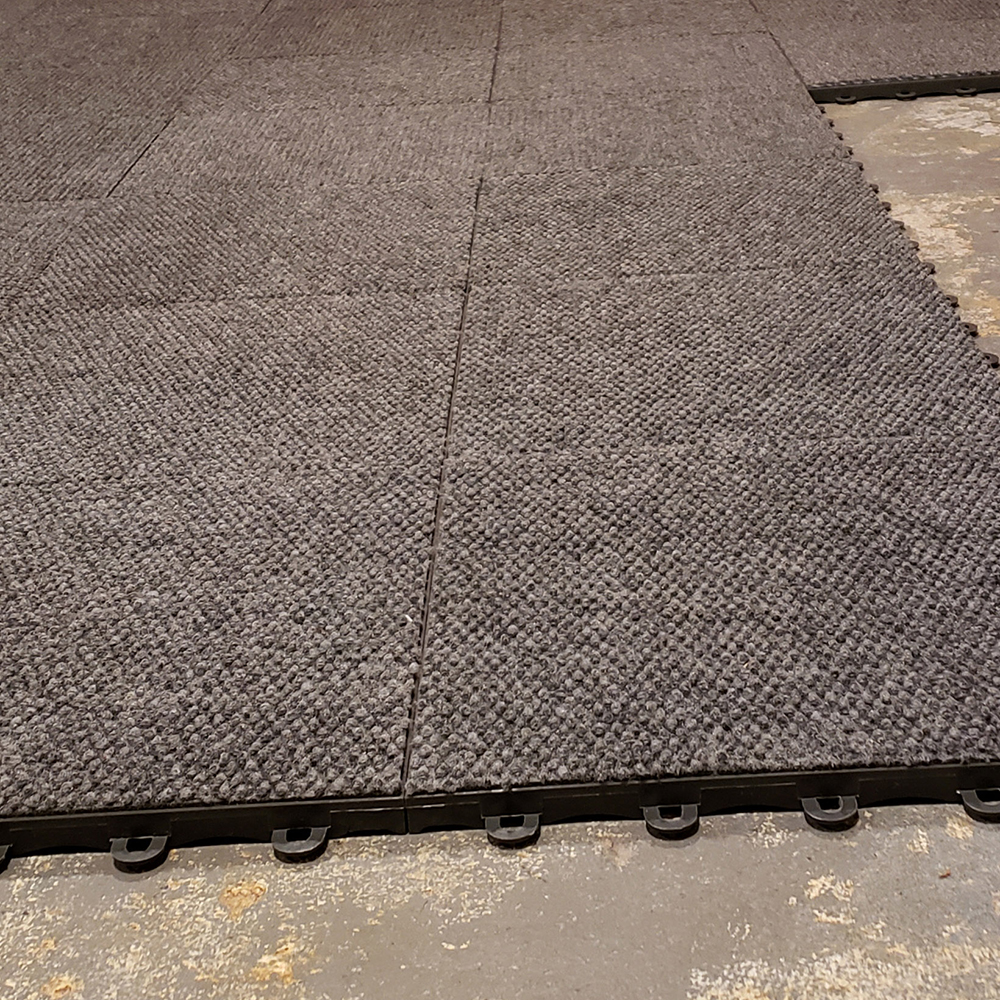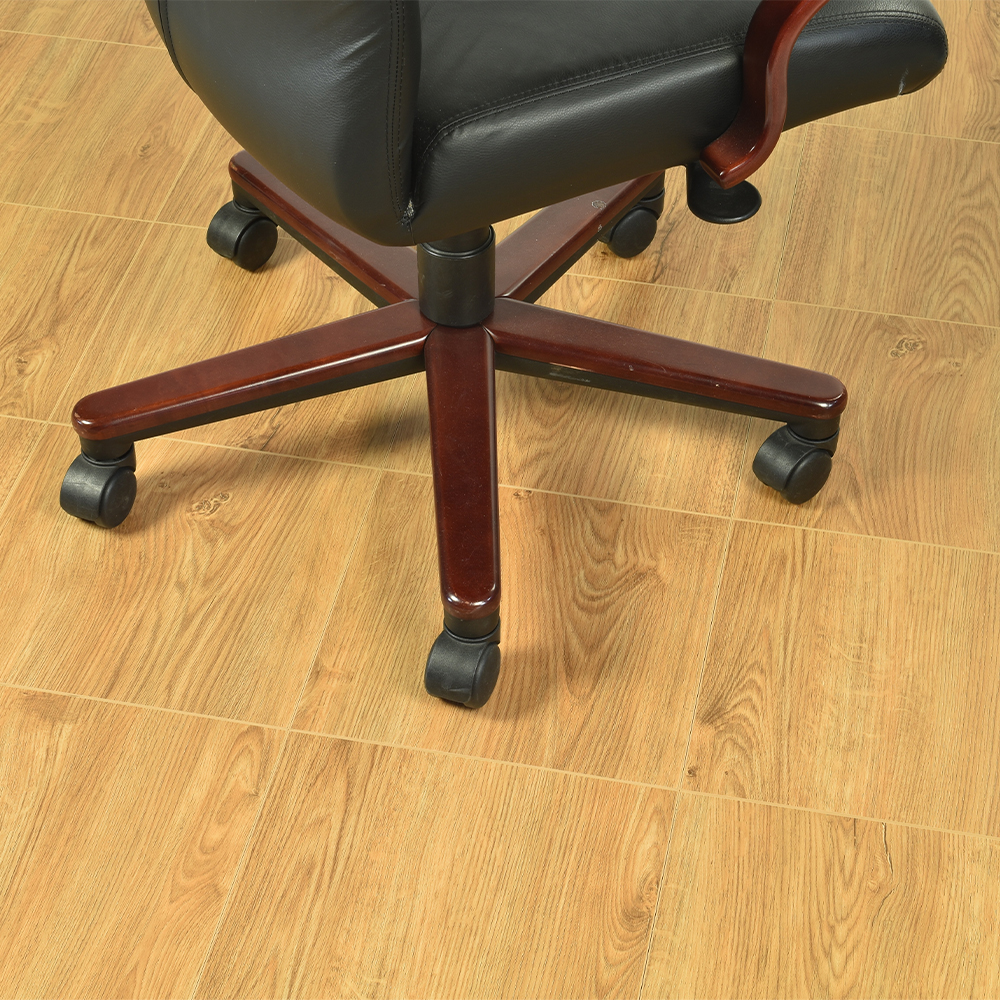What is a Vapor Barrier for Flooring?
Related Product: Carpet Tiles Modular Squares 3/4 Inch x 1x1 Ft.
What Is a Vapor Barrier for Flooring?
Just what is a moisture barrier for flooring? It’s a sheet of plastic that helps prevent moisture and dampness from moving through your subfloor. When installing flooring, you'll place the moisture barrier below the underlayment. If any water passes through the subfloor, the vapor barrier will prevent it from reaching your flooring.A quality moisture barrier can be a valuable investment since it helps protect your flooring. Flooring materials like vinyl, laminate, and hardwood can be damaged or destroyed if they get wet. If installed without a vapor barrier, then dampness and moisture can cause mold and mildew to develop, destroying your new flooring.
Types of Vapor Barriers
Vapor barriers vary in their quality and effectiveness. To make it easier to choose the right barrier for your project, they’re classified into three categories:- Class I vapor barriers are completely impermeable, so no fluids can pass through them. They’re the strongest products available, and a Class I barrier is often made of a material like plastic sheeting or a rubber membrane.
- Class II vapor barriers are semi-permeable, letting some moisture through. They might be made of materials like plywood or extruded polystyrene.
- Class III vapor barriers are permeable, so water vapor can pass through them. They include options like lumber, concrete blocks, and bricks.
Vapor barriers also vary in thickness, ranging from 6 to 20 mils. A 6 mil vapor barrier is the thinnest option that you can use to control moisture, while a 20 mil barrier is the thickest, most durable, and most resistant to punctures. If you’re working in a wet or humid climate, look for a vapor barrier that’s at least 12 mils. In a drier climate, a barrier ranging from 6 to 11 mils should be adequate for protecting your floor.
To determine the right vapor barrier for your needs, you’ll need to carefully consider the conditions in the location where you’re installing your flooring. You’ll also want to consider the type of flooring and underlayment that you’re installing. If you’re working with waterproof materials, like plastic tiles, then a permeable barrier might be just fine. But if you’re installing a floor that can be easily damaged by moisture, like a wood floor, then you’ll want to choose a Class I barrier for maximum protection.
When to Use a Vapor Barrier
Whether or not you need to use a vapor barrier depends on where you’re installing flooring, as well as the type of flooring that you’re installing.To start, consider the climate. If your climate undergoes significant variations, such as harsh winters and humid summers, a vapor barrier may be essential in protecting your flooring.
You’ll also want to consider the grade level of the home where you’ll be installing flooring. If you’re planning an installation in a basement, below grade, then chances are the space will have moisture areas and you’ll need a vapor barrier. Moisture tends to be less of an issue in higher-grade areas in a home.
The subfloor material can also contribute to moisture issues, which will determine if you need a vapor barrier. For example, moisture can easily move through concrete, since the material is porous. A vapor barrier is usually essential when protecting the flooring that you’re installing over a concrete subfloor.
Alternatives to a Vapor Barrier

It’s not difficult or particularly expensive to use a vapor barrier, and it’s well worth the cost in terms of protecting your flooring. Some underlayments even feature a built-in vapor barrier on their underside, simplifying the installation process. Other vapor barriers can be rolled or painted onto your subfloor, so the installation can be fairly quick and simple.
If you want to avoid using a vapor barrier, consider installing a type of flooring that’s designed to withstand moisture. Many plastic tiles are waterproof and designed specifically for installation in spaces like basements. Many tiles feature a floating design that allows moisture to circulate freely beneath them, speeding drying and helping to prevent mold and mildew growth.


